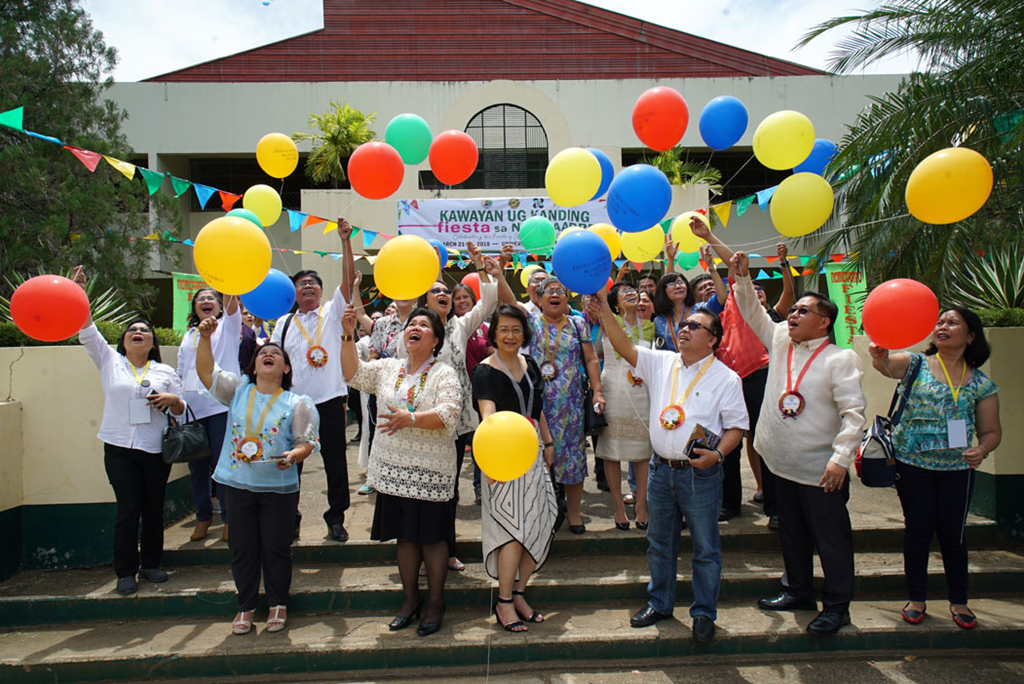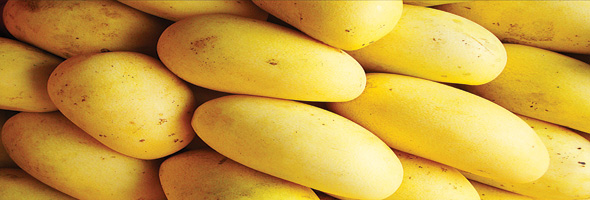

Ginanap ang Farm and Industry Encounters Through the Science and Technology Agenda (FIESTA) ng Northern Mindanao Consortium for Agriculture, Aquatic and Natural Resources Research and Development (NOMCAARRD) na sinoportahan ng Department of Science and Technology – Philippine Council for Agriculture, Aquatic and Natural Resources Research and Development (DOST-PCAARRD) nitong nakaraang Marso 21-22, 2018 sa Brgy. Musuan Maramag, Bukidnon.
Ang nasabing okasyon ay pinangalanang KAWAYAN UG KANDING Fiesta sa NOMCAARRD, at ito ay may tamang: Celebrating The Fruits of S&T In Northern Mindanao. Ito ay ginanap sa Central Mindanao Universuty Convention Center.
Naka sentro ang pagdiriwang sa pagtatanim ng kawayan at pag-aalaga ng kambing na siyang tinitingnan na isa sa potensiyal na pagkakakitaan sa Region X.
Sa Openning Ceremony, si Dr. Maria Luisa R. Soliven, NOMCAARRD RRDCC Chairman at Presidente ng Central Mindanao University (CMU) ang nag welcome sa mga bisita at nagbigay ng Introduction at nagpakilala na rin sa NOMCAARRD member Institution.
Si Director Marita A, Carlos, Applied Communication Division, DOST-PCAARRD ang nagbigay ng mensahe para kay Dr. Reynaldo V. Ebora, Executive Director, PCAARRD. Kasunod nito ang Launching ng NOMCAARRD Logo na pinangunahan din ni ACD Director Carlos na inasistihan naman ni Dr. Soliven. Sa Launching ng NOMCAARRD Video Story, si Dr. Locerne M. Rasalo naman ang nanguna rito.
Sa Ribbon Cutting, para sa opisyal na pagbubukas ng Kawayan ug Kanding FIESTA sa NOMCAARRD at exhibits, muli itong pinangunahan ni ACD-PCAARRD Dir. Carlos, NOMCAARRD Chairman Dr. Soliven, Dr. Maria Estella B. Detalla (NOMCAARRD Director) at iba pa.
Kasunod nito ang Technology to People, Farmers Forum1 hanggang Farmers Forum4 na kinapapalooban ng mga sumusunod na topic: Goat Production Technology, ni Dr. Reynaldo L. Intong, CMU Researcher; Smallholder Goat- raising: A. Farmers Perspective, Mr. Nonito Cordero, NFC Farm Owner; Mushroom Production Technology, Dr. Guia G. Saludares, CMU Researcher; Adlay Production and Management, Dr. Agripina R. Aradilla, CMU Researcher; Bamboo Production Technology, FOR. Myrna S. Decipulo, Germinants Farm Owner; Village-level Establishment of Bamboo Nursery, Mr. Antonio Duminao, Dominao Bamboo Nursery Owner; Prospects Engineered Bamboo, Ms Lilian T. Valencia, Technology Application and Promotion Unit, MSU-IIT and Mitigating Soil Erosion Through Bamboo Plantation, Dr. Rico A. Marin, CMU Researcher/ Dean, College of forestry.





